Pope Francis has installed 13 new cardinals, including the first African American to hold the high rank, further expanding the pontiff’s impact on the group that will one day elect his successor.
Wilton Gregory, the 72-year-old archbishop of Washington DC becomes the first African American cardinal at a time the United States is examining race relations after a spate of police killings of unarmed black people.
Child sexual abuse in Catholic church was ‘swept under the carpet’, inquiry finds
Read more
He was the only American among those elevated to the College of Cardinals during Saturday’s ceremony. Brunei and Rwanda got their first cardinals.
Gregory, already the highest-ranking African American Catholic in US history, made headlines in June when he blasted Donald Trump after police and soldiers used teargas and rubber bullets to clear protesters so the president could be photographed in front of a historic Washington church holding a Bible.
Gregory said he found it “baffling and reprehensible that any Catholic facility would allow itself to be so egregiously misused and manipulated”.
Catholic conservatives condemned Gregory and sided with Trump.
Gregory said last week he wanted to find common ground with President-elect Joe Biden despite disagreements on issues such as abortion.
He said he wanted to work with the incoming US administration to look for “where we can find things that we can do together for the betterment of the American community, for the people of the archdiocese in general. I want to be one who engages people in conversation.”
The ceremony, known as a consistory, was markedly slimmed down because of the Covid-19 pandemic.
Instead of the usual thousands, only 10 guests per cardinal were allowed in St Peter’s Basilica as the pope gave the men their ring and traditional red hat, known as a biretta.
Nine of the 13 are under 80 years old, and eligible under church law to enter a secret conclave to choose the next pope from among themselves after Francis dies or resigns.
It was Francis’s seventh consistory since his election in 2013. He has now appointed 57% of the 128 cardinal electors, most of whom share his vision of a more inclusive and outward-looking church.
Thus far, he has appointed 18 cardinals from countries that never had one, nearly all of them from the developing world.
While Europe still has the largest share of cardinal electors, with 41%, it is down from 52% in 2013 when Francis became the first Latin American pope.
With each consistory, Francis has increased the chances that his successor will be another non-European, having beefed up the church in places where it is either a tiny minority or where it is growing faster than in the stagnant west.
The nine new electors come from Italy, Malta, Rwanda, the United States, the Philippines, Chile, Brunei and Mexico.
In his homily, Francis told the men to keep their eyes on God, avoid all forms of corruption, and not succumb to a “worldly spirit” that can accompany the prestige and power of their new rank.
Everyone in the basilica except the pope wore a mask. Each new cardinal removed theirs when they knelt before him to be invested.
Gregory was one of a handful of new cardinals who were quarantined for about 10 days in their rooms in the Vatican guest house where the pope also lives. Cardinals from Brunei and the Philippines could not travel and will receive their ring and hat from a papal delegate.
Four non-electors over 80 were given the honour after long service to the church. The most prominent is Archbishop Silvano Tomasi, an Italian American who has worked around the world and is one of the church’s top experts on immigration.







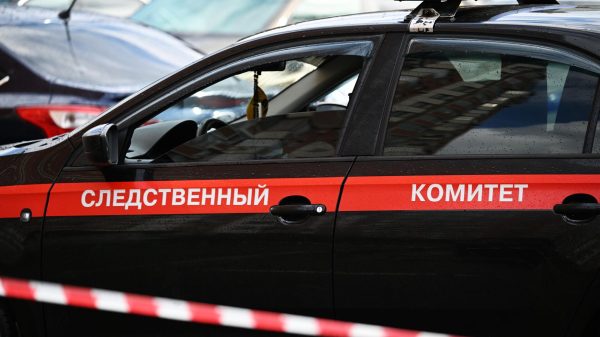
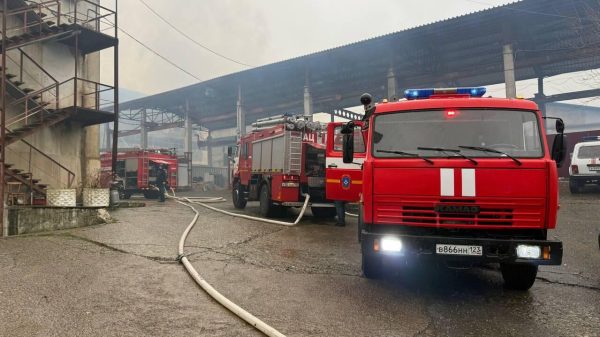


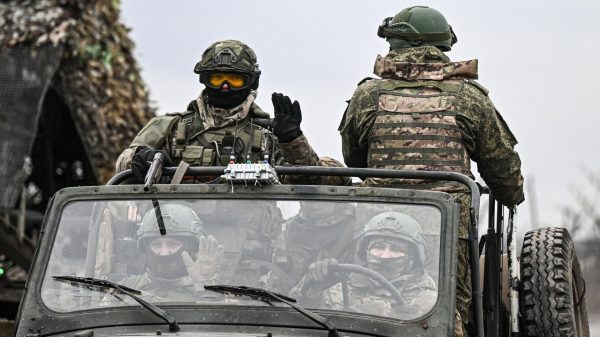






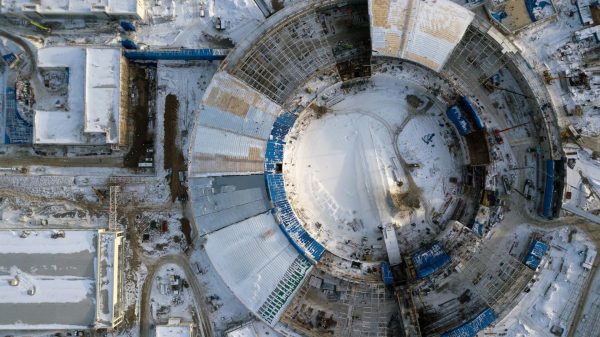
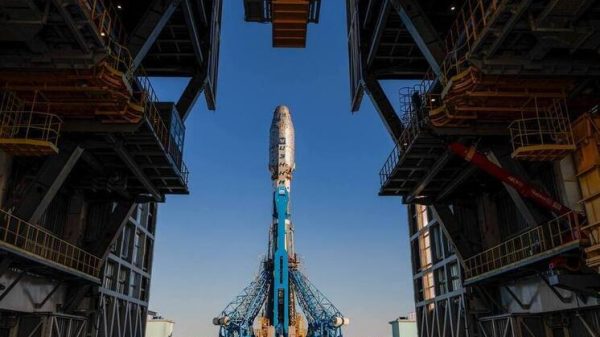
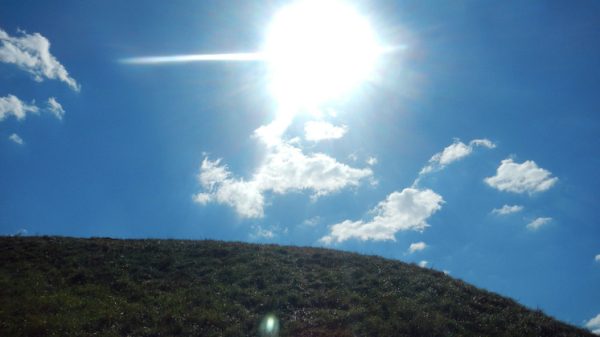


















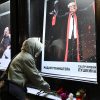














Свежие комментарии